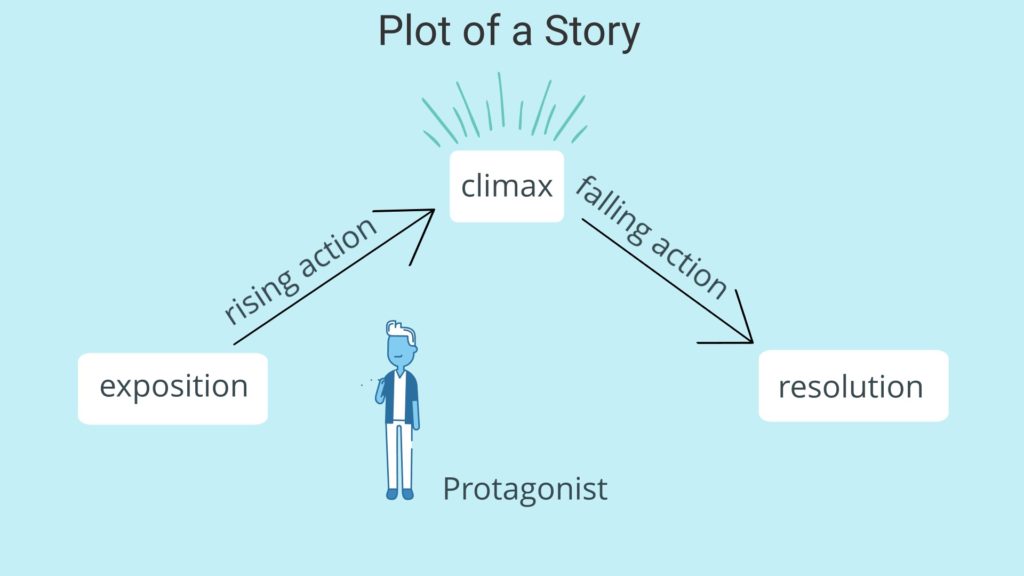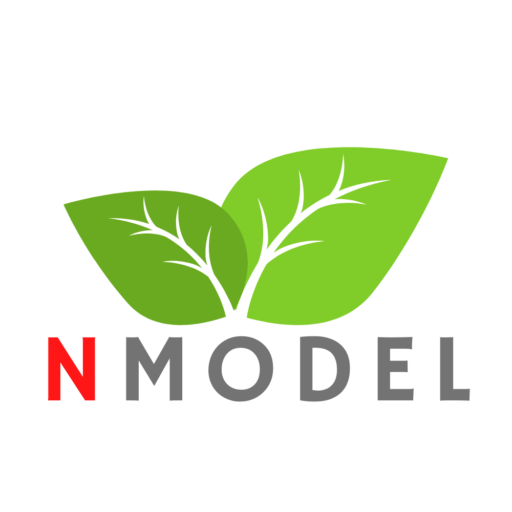Telling a good story is not only the job of a writer. We tell stories every day: you have watched a wonderful film and want to tell your friends what it is all about; or your child asks you for a fairy-tale; or maybe you are giving a presentation describing how good your product or service is. All of this contains basic elements of storytelling.
Writing a story is also a good way to learn vocabulary, because a story creates context, and it is common knowledge that words are best learned through context, especially when it is generated by learners themselves.
Let’s take a look at the basic structure which you can use to shape a sensible and clear story. To explain it, I have decided not to go a conventional way, but to use a quiz! So, do the following quiz first, and then we are going to sort it all out.
Ok, I hope you have answered most of the questions right! Let’s sum it up.
A story has
- a plot, which is an interrelated sequence of the main events, and…
- characters, that can be major and minor.
Usually, a plot develops through several stages:
- Exposition, also known as introduction, with the setting of place and time, and where the characters are introduced.
- Rise, or rising action, which are the most important events of the story that put all sorts of obstacles on the Protagonist’s way, create tension, conflict and lead to …
- Climax. This is the turning point that changes the protagonist’s fate.
- Then goes falling action, a series of events following the climax that lead us to the end of the story.
- Finally, there is resolution, which brings the story to an end. Sometimes happy, sometimes not.
The following visual represents all the above-mentioned parts.

Now let’s take a look at an example of plot development. Most of you know the folk tale Cinderella in the version by Charles Perrault. What is the structure of this story?
Exposition: a beautiful daughter of wealthy widower lives with the stepmother and two stepsisters. The girl is made to work day and night doing many house chores. Her villain stepmother and stepsisters nickname her Cinderella because she often had to sleep in the cinders by the fireplace, leaving her dirty. Cinderella endures all the abuse patiently without complaining to her father who probably could not protect her.
Rising action: one day the prince throws a ball, inviting all the young ladies in the land to choose a wife. Cinderella is not allowed to go, and as her sisters depart to the party, she cries in despair. Her Fairy Godmother magically appears and transforms her rugs into a beautiful dress, a pumpkin into a golden carriage, mice into horses, a rat into a coachman and lizards into footmen. However, she warns Cinderella that the spell stops working at midnight, so she must be home before that time. At the first ball the young girl produces a great impression on everyone and the prince falls in love, but the mysterious guest disappears before midnight. However, at the second ball she loses the track of time and hardly manages to run away before the clock strikes twelve, leaving one of her slippers behind. The prince picks up the slipper and promises trro find the girls visiting each and every house in the land.
Climax: the prince visits Cinderella’s house and the stepsisters try in vain to win him over. Then Cinderella asks if she may try, and to her stepsisters’ surprise, the shoe fits her perfectly and she also shows the prince the second slipper.
Resolution: Cinderella marries the prince, Cinderella’s stepfamily pleads for forgiveness, and Cinderella agrees.
So, now that you know the basic elements of a story, you can try to write your own! If your story is part of a school project or exam, or you want to make your business presentation more vivid and memorable, what you have learnt from this article is probably enough. If you want to write a serious literary work, I think you will need to study the craft of creative writing in more detail, but this is not the purpose of my article.
Tt is time to practice! Visit one of my mini-courses, “Crime and Punishment Vocabulary” and try completing a short story using the vocabulary from the course. Good luck!




